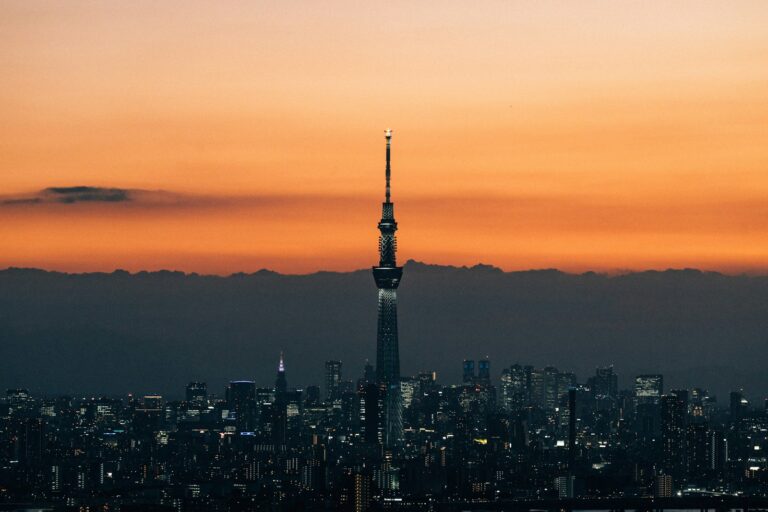Maintaining a commercial solar system is essential to ensure its long-term performance, reliability, and return on investment. While solar panels are renowned for their durability and low maintenance requirements, routine upkeep is necessary to maximize energy production and extend the system’s lifespan. This article explores the costs associated with maintaining a commercial solar system and the factors that influence maintenance expenses.
Routine Inspections and Cleaning
Regular inspections and cleaning are vital components of solar system maintenance. Inspections involve visually assessing the condition of solar panels for any signs of damage, corrosion, or wear and verifying proper electrical connections. Cleaning typically requires removing dirt, dust, debris, and bird droppings from the solar panel surface to optimize sunlight absorption and energy generation.
While some businesses may choose to perform these tasks in-house, others opt for professional maintenance services, which may incur additional costs. Professional cleaning services ensure panels are cleaned efficiently and safely, particularly in larger systems or difficult-to-access installations.
Component Replacement and Repairs
Over time, certain components of a commercial solar system may require replacement or repair to maintain optimal performance. This includes replacing damaged or faulty solar panels, inverters, wiring, or mounting hardware. Routine maintenance may also uncover issues such as loose connections, degraded seals, or corroded components that must be addressed promptly to prevent further damage.
The cost of component replacement and repairs depends on the severity of the damage and the specific parts involved. For example, replacing an inverter or a single panel may be significantly less costly than addressing widespread system failures.
Monitoring and Performance Optimization
Monitoring and performance optimization are integral aspects of commercial solar system maintenance. Continuous system monitoring allows businesses to identify potential problems, detect underperformance or inefficiencies, and optimize energy production.
Monitoring tools often include software platforms or hardware devices that track energy output, system efficiency, and environmental conditions. Investing in monitoring and performance optimization tools helps businesses identify opportunities to save energy and maximize the return on their solar investment.
Warranties and Service Contracts
Many commercial solar system components come with manufacturer warranties that cover material and workmanship defects for a specified period. Additionally, businesses may choose to purchase extended warranties or service contracts for added protection and peace of mind.
These contracts typically include regular maintenance, repair services, and technical support, offered at a fixed annual cost. While warranties and service contracts can help reduce maintenance expenses, businesses should carefully review the terms and coverage to ensure adequate protection for their solar investment.
Training and Education
Training and education are crucial for ensuring the proper maintenance of commercial solar systems. Investing in training programs for maintenance personnel or employees responsible for system oversight improves the efficiency, safety, and effectiveness of maintenance tasks.
Training programs may cover topics such as system operation, troubleshooting, safety protocols, and maintenance best practices. Although training involves an upfront cost, it can ultimately reduce expenses by minimizing errors, accidents, or equipment damage during maintenance activities.
Conclusion
In conclusion, maintaining a commercial solar system involves various tasks and costs aimed at optimizing performance, maximizing energy production, and extending the system’s lifespan. Key aspects of solar system maintenance include routine inspections and cleaning, component replacement and repairs, monitoring and performance optimization, warranties and service contracts, and training and education.
While maintenance costs may vary based on factors such as system size, complexity, location, and service providers, investing in proper upkeep is essential to ensure the long-term viability and profitability of commercial solar installations.
For more information on commercial solar system maintenance or to consult with maintenance service providers and component suppliers, feel free to contact us.

